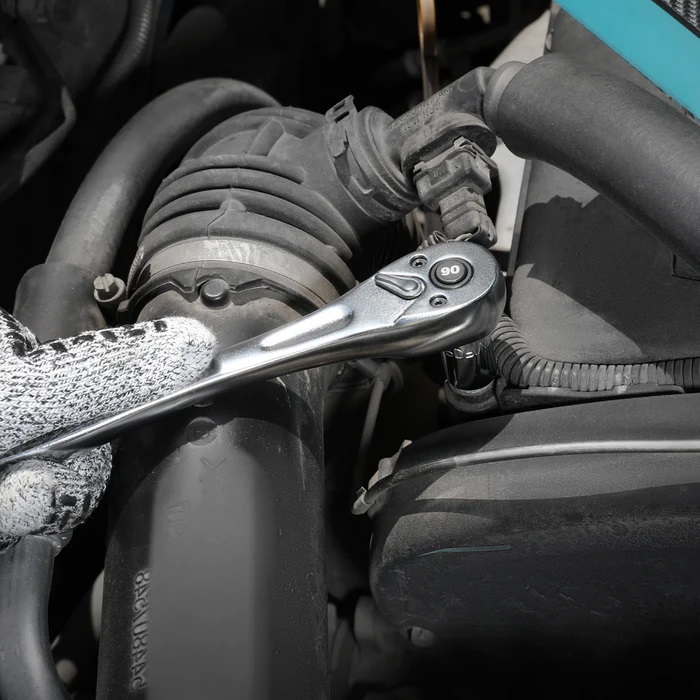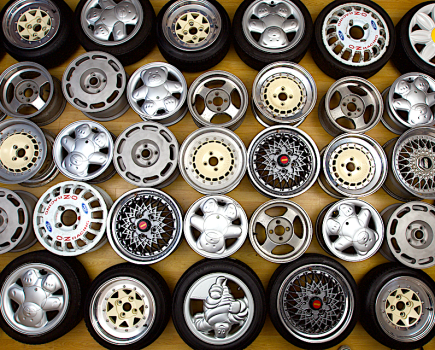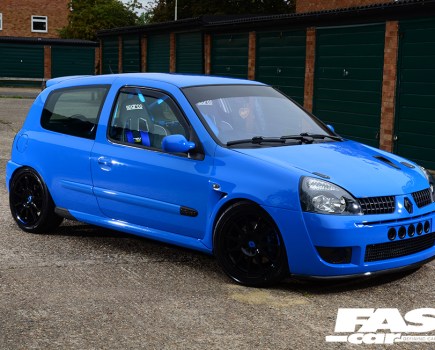When it comes to working on your car, the single most useful type of tool is socket wrenches. Want to know more? Here’s our ultimate guide to wrenches, sockets and spanners.
All car enthusiasts need a socket set, period. There’s no ifs or buts here, while things like spanners are considered pretty much vital too, nothing is more important than a socket set. The thing is, ‘socket set’ is one of the vaguest terms imaginable when it comes to tools, so we’re here to give you a full run down on what you want and why you want it.
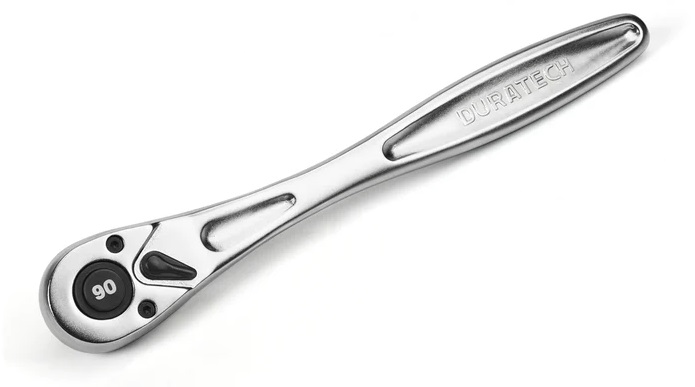
The socket wrench
While the function of a socket wrench is broadly the same regardless of model, there’s a few differences that you need to take in to account before you buy.
The first, and most obvious one is quality. While you can’t truly expect one to last for ever, some are usually stronger than others, and the failure point is usually the ratcheting mechanism, which wears and slips. While reviews and experiences are probably your biggest help here, if you can check out the wrench in person then you should avoid any with a loose feeling mechanism.
We check 1,000s of prices on 1,000s of retailers to get you the lowest new price we can find. Fastcar may get a commission from these offers. Read more here.
A useful thing is a wrench with a very small amount of movement per click, making it useable even in incredibly tight spaces. Many manufacturers claim this in their specification list, but be aware though, aside from particularly poor kits you will find that the difference is often only a degree or two. And while it’s a bonus, that really only makes a very small amount of difference.
The final thing, often least thought about, but when talking about automotive use it is one of the most useful considerations, is how big and bulky the socket wrench itself is. While lengths tend to all be similar, the width and depth of both the handle and the head is the issue. Some wrenches seem designed more with building and industry in mind so are very large and bulky, almost twice the size of others in fact, which makes use in the tight confines often found when working on cars much more difficult. Naturally, this is a factor well worth bearing in mind when selecting a kit.
Not sure where to start looking? How about this DuraTech product ($15.99)?
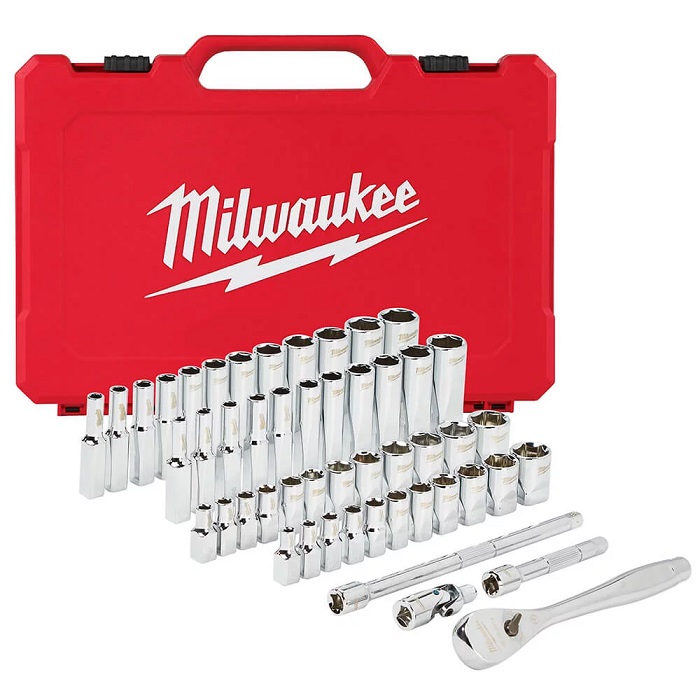
Metric and Imperial sockets
While the vast majority of modern automotive fasteners are metric (measured in millimeters), older cars, especially American, use imperial fasteners. In fact, even some brand new vehicles feature certain parts with imperial fittings (measured in inches). While on the face of it most sizes are very close to each other, some are closer than others, and when it comes to putting a serious torque load on a fastener, having the most precise fitting socket can be the difference between something undoing with ease, and you having the nightmare situation of a rounded nut or bolt head.
We check 1,000s of prices on 1,000s of retailers to get you the lowest new price we can find. Fastcar may get a commission from these offers. Read more here.
A prime example is a 1/2” fastener. Surprisingly common even on modern components, it’s 12.7mm rather than the common 13mm metric fastener, so while in most applications a 13mm will work fine, if the fastener is particularly tight it may slip and round the head. However, if you use a ½” socket it will not.
Overall, while most people use whatever type is most applicable to their cars, it’s always useful to have both! Check out Milwaukee’s 50-piece metric & imperial set here ($169.26).
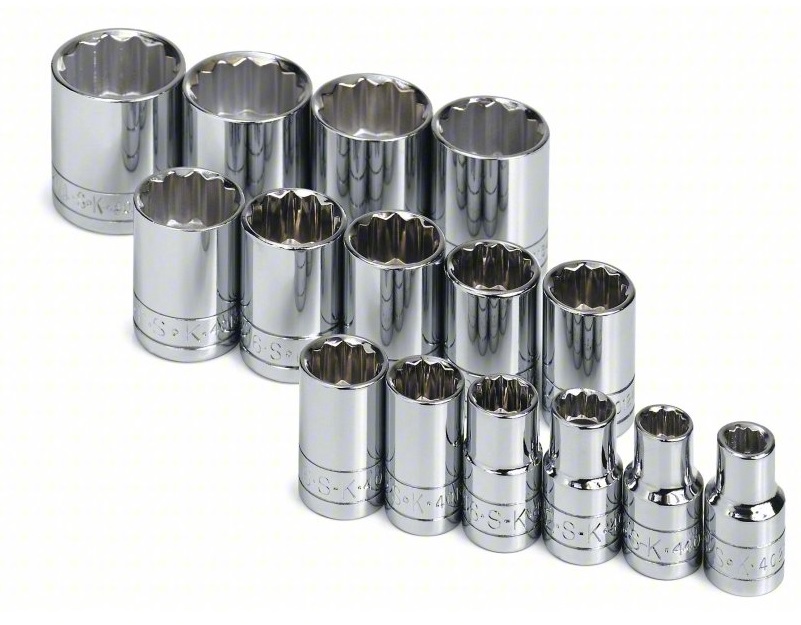
Drive head size
For automotive applications there are three common drive head sizes, ¼”, 3/8”, and ½”, though they do go far bigger, as much as 3.5in in some heavy duty applications, but these are almost never needed in automotive use.
If you had to stick to one size, 3/8” is the best middle ground between compact size and strength, but ideally you’d also have the larger and stronger ½” socket set for higher torque applications. ¼” sockets are very small and compact, ideal for small fasteners in very tight spaces, but of the three common automotive sizes it’s the least useful.
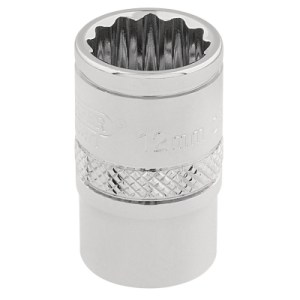
6 and 12 point sockets
It’s an easy thing to overlook, but sockets come in both six and twelve sided designs, and while often you won’t notice the difference, in some cases, either type becomes vital. Generally the 12 point is most common, and it allows you to get the socket on to the fastener head with more ease in space or angle limited situations where a 6 point may simply be impossible to get on.
However, there’s a drawback, and that comes in high torque situations, especially stubborn fasteners that do not want to release. The 12 point sockets have a higher chance of slipping on a normal 6 point fastener in extreme use, potentially rounding the head and causing you even more issues, where a 6 point is practically impossible to slip as long as it is the correct size and is firmly over the fastener head. While 12 point is the most useful, also having 6 point sockets can be invaluable for this reason.
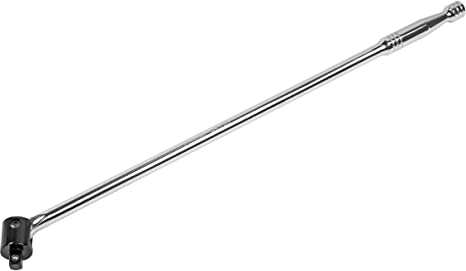
Breaker bar
Sometimes the leverage of your normal ratcheting socket wrench just isn’t enough, and that’s where a breaker bar comes in. Socket fitment is the same as your wrench, but there’s no ratcheting mechanism and the bar length is twice as long, sometimes much more. While this makes using it in confined spaces impossible, to break loose a particularly stubborn fastener they are often the difference between hours of swearing and anger and a trouble free removal.
Check out this Sealey breaker bar ($50.00) if you haven’t got one already!
We check 1,000s of prices on 1,000s of retailers to get you the lowest new price we can find. Fastcar may get a commission from these offers. Read more here.
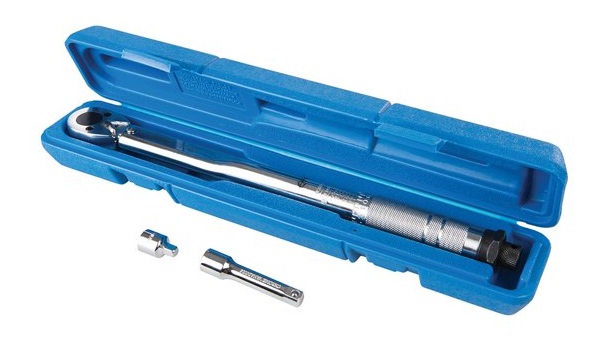
Torque wrench
While most uses of a socket wrench doesn’t require massive accuracy, for certain things, especially when it comes to internal engine components, you need something far more precise. That’s where a torque wrench comes in. These have all the components of a normal socket wrench, but also include an adjuster, either mechanical or electrical, that you set to a specified torque level. Once you hit that level it will either click or beep to tell you to stop so you don’t over-tighten things and potentially cause serious damage.
Need to add one to your tool chest? How about this Silverline offering ($56.00)?
We check 1,000s of prices on 1,000s of retailers to get you the lowest new price we can find. Fastcar may get a commission from these offers. Read more here.
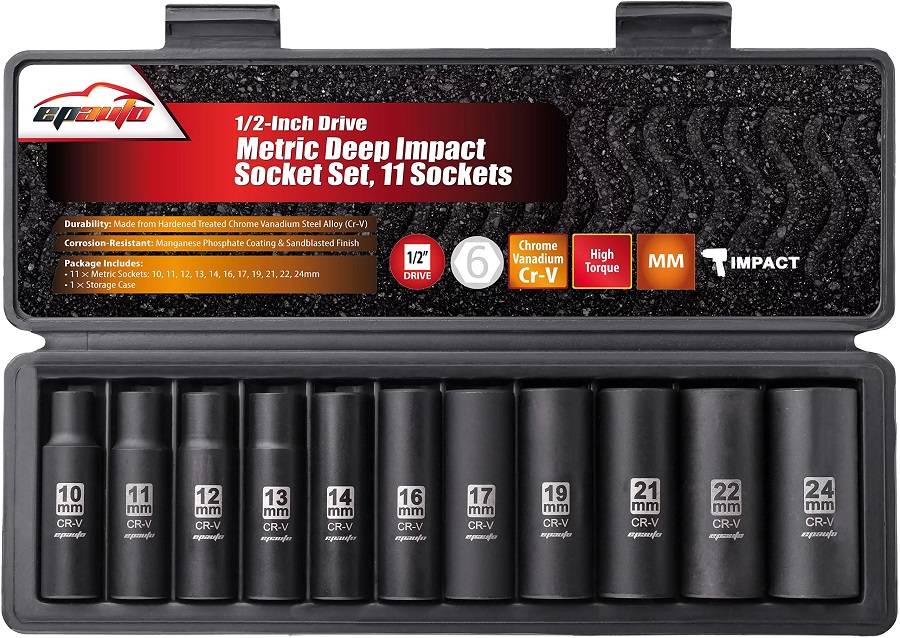
Impact sockets
Ever notice those black painted sockets? They’re impact sockets, intended for use on air or electrically powered impact ratchets. This is due to their greater strength, which eliminates the risk of them shattering under heavy impact and torque. Of course, you can also use them on your conventional socket wrench, and many people don’t realize why these even exist, but now you do…
Need a set? How about this one ($28.87)?
We check 1,000s of prices on 1,000s of retailers to get you the lowest new price we can find. Fastcar may get a commission from these offers. Read more here.
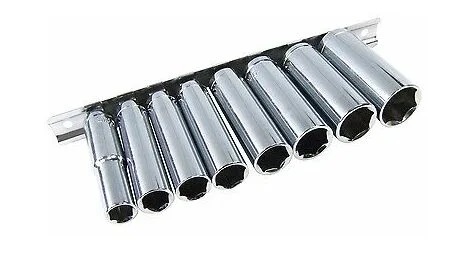
Long reach sockets
These do exactly what the name suggests, these are deeper/taller sockets which allow them to fit over nuts that are deeply screwed on to a thread where a normal socket simply wouldn’t reach the nut.
Specialist sockets
Not everything in the automotive world is a conventional hex head, car manufacturers often like to throw in curveballs with things like Allen, Torx, or even Phillips head, so having socket sets for these or other kinds found on your particular car can be invaluable. While conventional sets of Allen keys and screwdrivers are cheap and common, if you try to undo any particularly stubborn fasteners with them you’ll likely end up in a whole world of rounded bolt hurt, but using sockets instead results in a far higher chance of success.
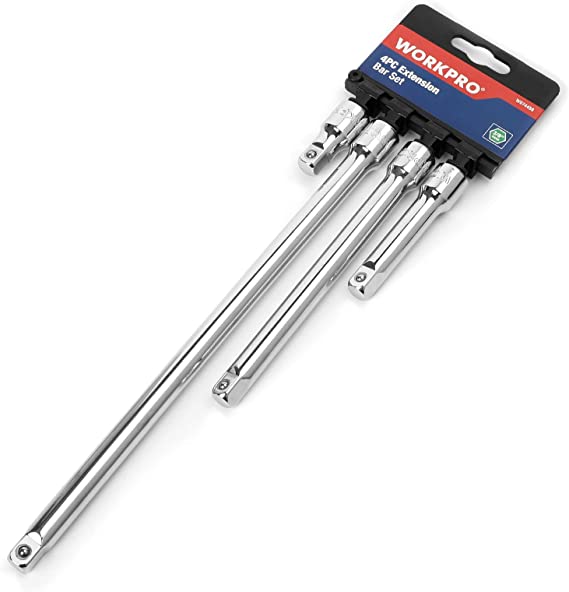
Extensions
Need to reach a fastener that’s deep inside a normally inaccessible location? Extensions are your friend in this case. These simply go between the socket and wrench, and are available in various lengths. While a single extension is usually enough for most issues, certain problems can be solved with a number of extensions all linked together so you can finally reach a distant fastener! Some extensions are classed as ‘wobble’ ones, which allow a little flex, meaning you can reach a socket that’s 10-20 degrees away, which ideal for tight spaces.
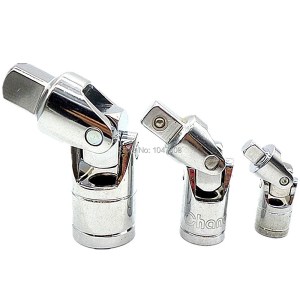
UJs
Universal joints are short articulated extensions that allow a relatively tight bend between the wrench and socket. They are for turning fasteners at difficult to access locations, and while you have to take extra care so you don’t risk rounding the fastener head off, there are times when you simply won’t be able to do without one.
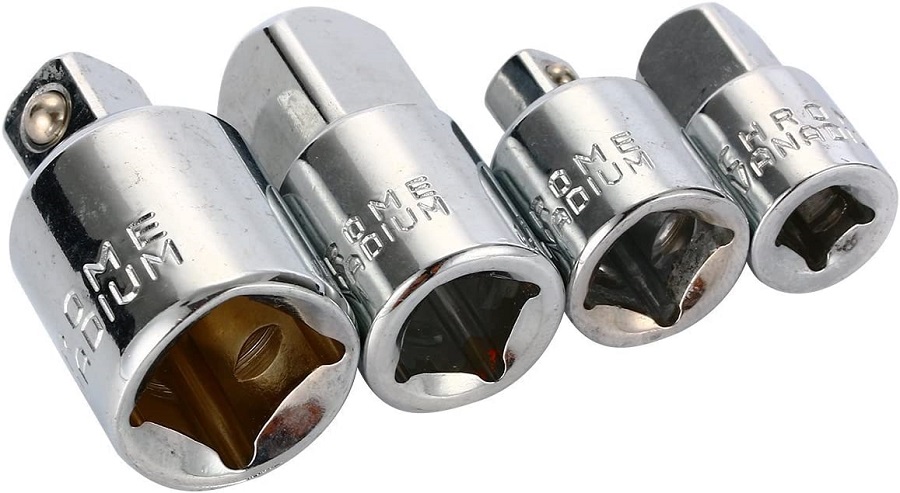
Size adapters
Want to fit a 3/8” socket to your ½” wrench or vice versa? Or indeed any combination of socket size? Well that’s exactly what these adapters do, and while you’ll find that your main use for them is when you’ve lost the socket you need, so have to use one from a different size set, at that moment you’ll be very glad you own them.
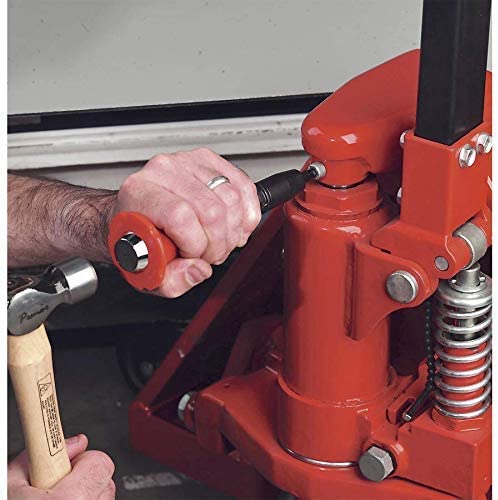
Manual Impact driver
Last, but by no means least, this is something you’ll very rarely need, and most people don’t ever realize they need it unless you’ve used it before, but when you need it and own it, you’ll thank your lucky stars that you do.
Used generally with the previously mentioned specialist sockets when you’ve got a particularly stubborn but weak fastener, Philips screws especially, this is, for all intents and purposes, a screwdriver you hit with a hammer.
When you hit the heavy duty outer section of the impact driver it makes the curved splined inner section turn. The combination of the hammer blow forcing the chosen socket forward, combined with the sudden and large turning torque it also creates, allows a fastener to break free while heavily reducing or eliminating the chance of rounding the fastener head off.
Alternatively, if you want to take the elbow grease out of the job, you can get a cordless electric impact wrench instead. Check out our compilation of the best cordless impact ratchets and drivers here.

